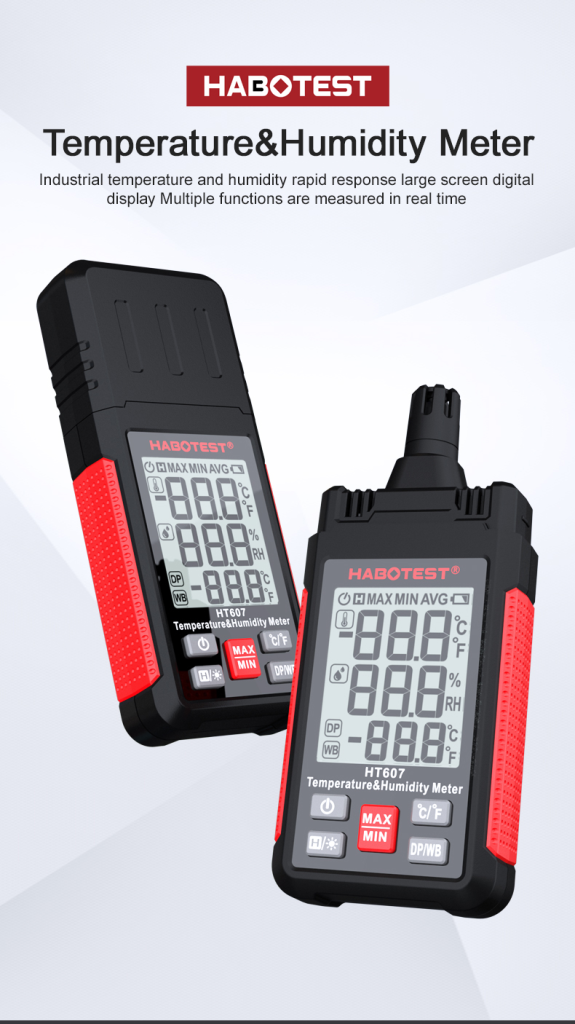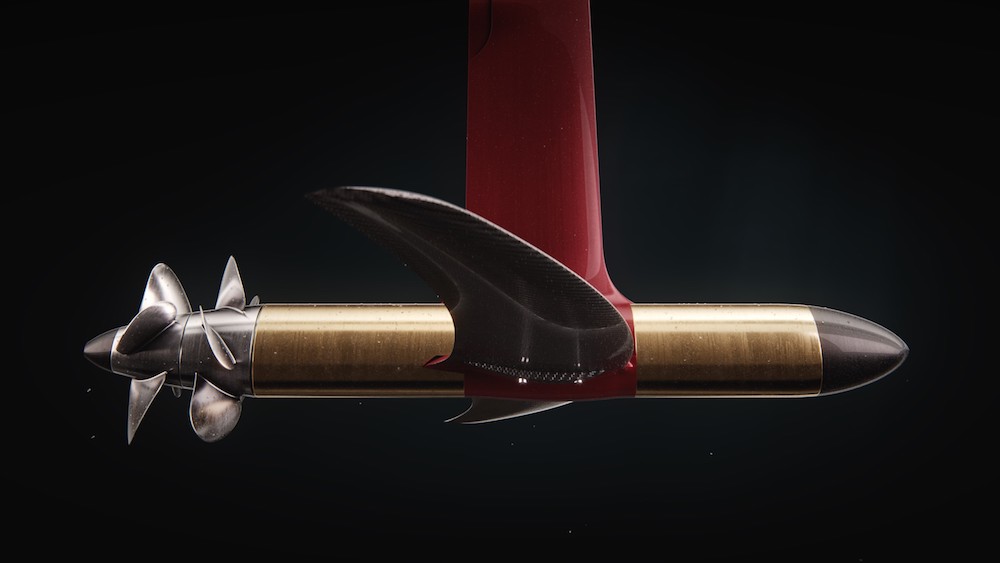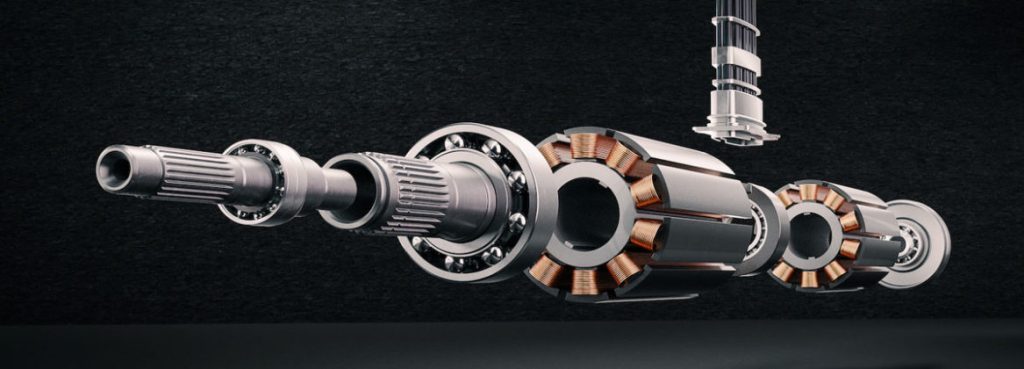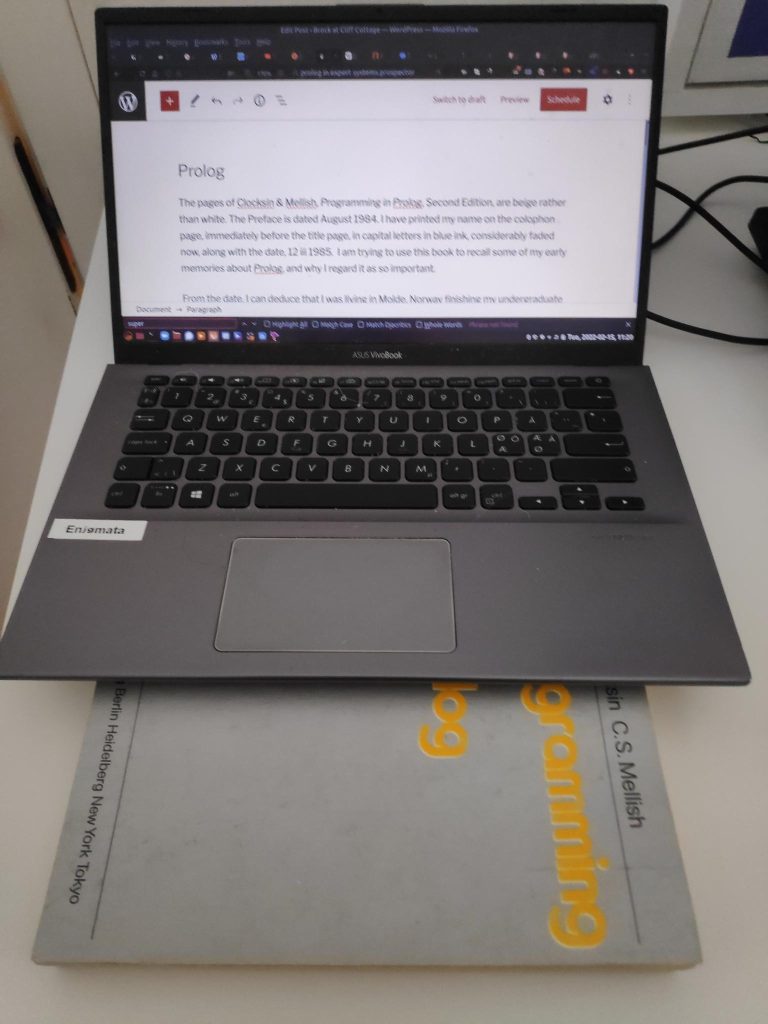For people living – possibly even born – in the 21st century, Eurorack is a major approach to acquiring an affordable synthesizer. It is not a specific instrument, but a modular synthesizer format originally specified in 1996 by Doepfer Musikelektronik. It has since grown in popularity, and as of 2018 has become the dominant hardware modular synthesizer format, with over 5000 modules available from more than 270 different manufacturers.
Stated another way: If you, as a synthesizer playing person, want to base your synthesizer on modular components, there is no point in acquiring anything that isn’t Eurorack compatible; If you are a synthesizer module manufacturer, there is no point in offering modules that aren’t Eurorack compatible. Eurorack is the unavoidable standard, the intersection between module consumers and producers. Here, in this weblog post, the Eurorack specifications will be examined in some detail.
The mechanical specification for the Eurorack are derived from Eurocard, but with additional power supply and bus board specifications. The power supply is currently specified as A-100 PSU3, updated in 2015. Many cases adhere to the A-100 PSU2 specification, this allow modules to fit into existing (read: used) rack cases.
The Doepfer bus board allows for a maximum of 14 modules to be plugged in. A standard Doepfer case, either rackmount or portable, consists of two rows of 84hp, 6U high, that contain one PSU and two bus boards.
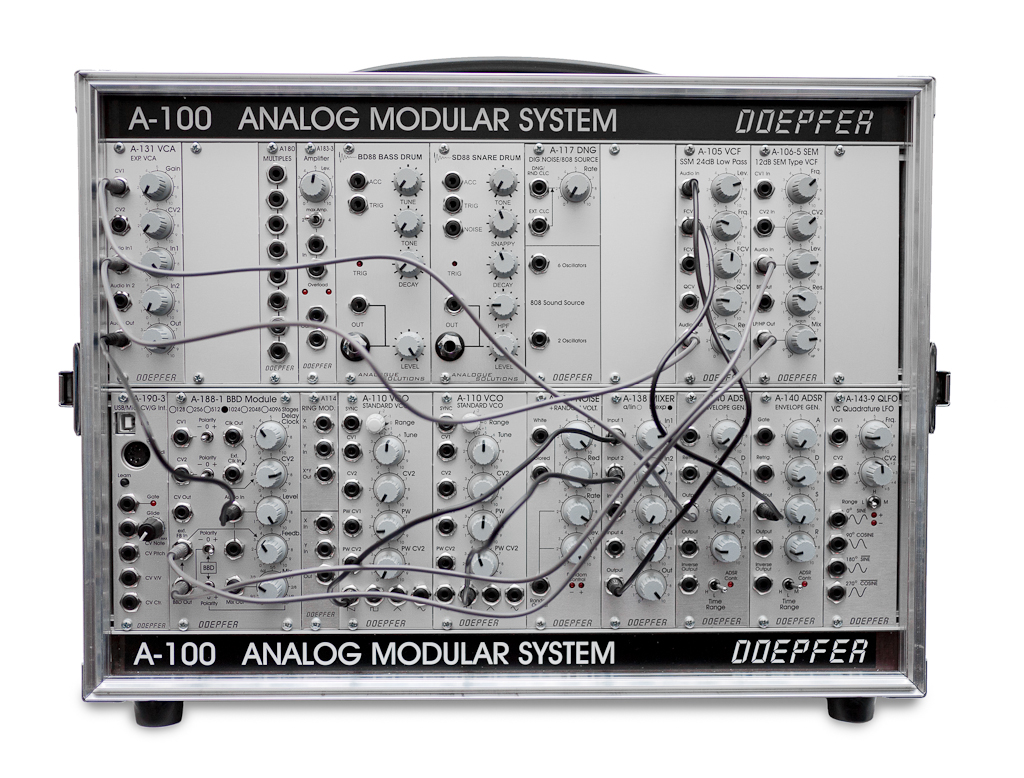
Doepfer-style bus boards are circuit boards. An alternative to these is a flying bus board. These have similar connections but use a flexible ribbon. This is often preferred, as mounting circuit boards can sometimes prove difficult.
The modules themselves have to meet Eurocard specifications for printed circuit board (PCB) cards that can be plugged together into a standard chassis which, in turn, can be mounted in a 19-inch rack. The chassis consists of slotted card guides top and bottom, into which cards are slid so they stand on end. The spine of each card has one or more connectors which plug into mating connectors on a backplane at the rear of the chassis.
Module height was three rack units (3U) and the width was measured in the Eurocard-specific Horizontal Pitch (hp) standard, where 1hp equals 0.2 inches, or 5.08 mm. The modules were largely low-cost, compact, and had some components on their boards that were socketed instead of soldered down, so the user could, for example, upgrade to a better op-amp IC.

Nathan Thompson, writing as nonlinearcircuits, has posted 33 laser-cut Eurorack cases, plus rails and some other components on Thingverse. Most of the cases date from 2015 and 2016.
Modules connect to a bus board using a 10-to-16 or 16-to-16 pin cable, depending on module design. These 16 pins are arranged in pairs and carry the following signals, from top to bottom: Gate, CV, +5V, +12V, GND, and -12V. The bottom 10 pins do most of the work, providing + and -12V to power the modules. The top two pins are for Doepfer’s optional internal CV and Gate routing. The +5V rail is used on some modules that require more power.
Plugging modules in, is not always as simple as it seems. Experienced Eurorack users will rigorously check connections before powering up, no matter how long they’ve been working with the system. Typically, the red stripe on the ribbon cable connecting the modules to the bus board must line up with -12V. This should be labeled on the module, and is always labeled on the bus board. Plugging a module incorrectly may have expensive ramifications.
A-100 PSU2 provides 1200 mA = milliamps of current to both the +12V and -12V rails. This has to be compared with the power drawn by a module. This has to be less than what the PSU specifies. The A-100 PSU3 also provides +5 V of power.
With the classic Doepfer case, a user would need to consume less than 1 200 mA on both rails. Modules should be almost evenly split between the two bus boards. If a module requires +5V, most manufacturers, including Doepfer as of 2015, either a PSU3 has to be used, or an adapter, which takes current from the +12V rail. The amperage required on the +5V rail will be subtracted from that available current on the +12V rail. The power specifications in Eurorack are not technically standardized, but most follow the Doepfer standard.
Perhaps the most important consideration, but one that may be difficult to answer for someone new to synthesizers and/ or Eurorack, is deciding on the type of rig to make.
Some people refer to a classic analogue synth, a rig capable of generating its own waveforms with wave-shaping tools to add character including textures and timbres to the generated signal. Another approach is to build an effects rack that processes sound generating elsewhere. These can be monophonic, stereo or polyphonic. Below this, one can build a drum machine that is focused on rhythm, rather than more tonal qualities.
One major advantage of Eurorack is its modular nature, allowing an opportunity to add and delete modules. To construct a self-contained instrument one needs: an oscillator, a filter, a voltage controlled amplifier (VCA), two envelope generators, one for the filter and another for the VCA, an effects unit, a mixer and/ or an output module.
Beginners are often encouraged to choose an analogue oscillator. These are easy to find and use, while still offering opportunities for creative expression.
Voltage-controlled oscillator (VCO) generate waveforms—sine, triangle, sawtooth, ramp or square waves— that are slightly unstable, with fluctuations in pitch and timbre as the voltage changes over time, this gives the oscillator a unique character.
Filters impact sounds the most. For better or worse, many modern synths use filters with characteristics that emulate those found on specific vintage synthesizers.
Robert Moog’s (1934 – 2005) lasting impact on synthesizers, starts with his dictate of 1 V per octave. Increasing the voltage going into a VCO by 1 volt raises its pitch by one octave. To understand this, consider a piano and how it is tuned. Convention dictates that middle C is referred to as C4. Tuning is based on A4, two white keys below, or to the left of, middle C. A4 has a standard frequency of 440 Hz. For convenience, it will be assumed that this is produced by a VCO signal of 4V. Thus, the relationship between note, voltage and frequency can be expressed by: A0 = 0V = 27,5 Hz; A1 = 1V = 55 Hz; A2 = 2V = 110 Hz; A3 = 3V = 220 Hz; A4 = 4V = 440 Hz; A5 = 5V = 880 Hz; A6 = 6V = 1 760 Hz; A7 = 7V = 3 520 Hz; A8 = 8V = 7 040 Hz. Note: Not all VCOs are turned to A in this fashion. As can be seen, above, this results in an exponential relationship between voltage and frequency, as each change in octave requires an additional doubling or halving in frequency. An accurate reproduction of this exponential curve in modules is difficult in analogue synthesizers because temperature changes and the ageing of electronic components, often referred to as tracking errors, can impact pitch.
An aside: Many Japanese synthesizers, such as those made by Yamaha or Korg, use a system where voltage is proportional to frequency. If A1 = 1 V, then 2A = 2 V, 3A = 4 V, 4A = 8 V. In other words, it takes a doubling or halving of the voltage to result in an octave change.
There are three basic approaches to acquiring modules that can be used with Eurorack. These are 1) assembled systems; 2) DIY from kits; 3) DIY from components. All three of these approaches will be discussed below.
Assembled Systems
Moog in the late 1960s released synthesizer modules Ic, IIc and IIIc followed by the Ip, IIp and IIIp These were followed in the early 1970s by System 10, 12, 15, 35 and 55. These were all extremely expensive, based on a discrete transistor designs. The separate modules – such as oscillators, amplifiers, envelope generators, filters, noise generators, ring modulators, triggers and mixers – were connected using patch cords, which also enabled them to control each other. This produced a distinctive sound that made its way into many contemporary recordings. Production of all these except system 15, 35 and 55 modules had stopped by 1973. These last three lasted until 1981. Moog released new versions of some of these since 2014, but these typically cost US$ 35 000.
The patents and other rights to Moog’s modular circuits expired in the 1990s. With the expiration of these rights, other manufacturers have been able to offer sound clones of these modules, many in the Eurorack format. Since 2020, Behringer has been one of these.
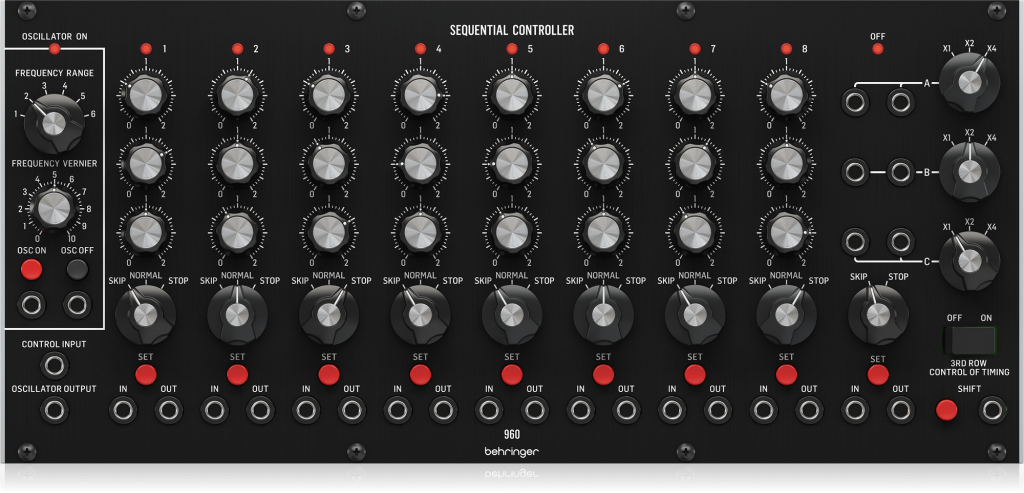
The Behringer 960 sequencer controller replicates the operation of System 55 but using modern components, and built so that can fit in a standard Eurorack case. It is also affordable, at about NOK 1 600.
DIY from kits

For slightly more money, about NOK 2 200, one could also buy a Dreadbox Dysphonia, that was offered as a kit in 2021-11. As with many kits, it was made as a single run. Once the kits from that batch are sold, no additional kits will be made. Dreadbox describes this as buy now or cry later. On 2022-01-19, one was being offered for sale for NOK 4 000. Despite the hype, one can usually expect something similar being offered in the future, but there will be differences, sometimes even improvements.
The main advantage of this kit is that It could be used as a stand-alone desktop synthesizer, or be fitted into a Eurorack. To facilitate both purposes, It comes with a USB to Eurorack power converter. This type of kit is claimed to be well suited for inexperienced DIY construction. Instructions are typically easy to understand, and solder together!
The Dysphonia consists of 13 individual sections that offer an affordable, compact, modular patch system, if one is prepared to build the system from parts. It consists of a single analogue oscillator comes with 4 waveforms that you can patch independently through 3 VCAs = voltage controlled amplifiers, and a 3 channel mixer before being subjected to a 24dB 4-pole lowpass filter and 12dB 2-pole multimode filter. The low pass filter can also self-oscillate to provide additional tones. In addition to an analogue LFO = low frequency oscillator ad envelope, there is a digital modulator providing 4 different modes with low frequency oscillator (LFO), Envelope, Random and CC = continuous control, a MIDI = musical instrument digital interface message capable of transmitting a range of values, usually 0-127. These are commonly used for controlling volume (#7), pan (#10), data slider position (#6), mod wheel (#1) and other variable parameters. This can enhance music, but an over-use of these messages can result in MIDI log-jam, where the amount of data sent exceeds the supported bandwidth. There is also a MIDI-to-CV = control voltage, module which provides analogue to digital and digital to analogue conversions, allowing the module to intereact with a keyboard, computer, phone or almost any other device. There is also a Hybrid Echo module.
DIY from components
One useful source of updated electronic information comes from Elektor magazine. A green subscription provides everything digitally, including back issues. Elektor publishes electronic projects, background articles and designs aimed at engineers, enthusiasts, students and others. It also sells printed circuit boards (PCBs), kits and modules. PCB design work is usually available without charge from their website. Microcontroller and/or computer based projects normally come with program source code and other necessary files.
This is also a good source of synth designs that take advantage of modern electronic components with methodologies that are suitable for hobbyists.
Gear Acquisition Syndrome
One of the major challenges with Eurorack, is that it encourages the acquisition of excessive amounts of gear. Gear acquisition syndrome (GAS) is a real psychological challenge, satirically documented by Steely Dan guitarist Walter Becker (1950 – 2017) in a 1994-04 Guitar Player magazine article (p. 15), where G originally stood for guitar. Because the many providers of Eurorack offer a wide variety of relatively low-cost components, often with specific but limited characteristics, it is tempting to buy just one more! Some people realize compulsive shopping should be resisted. Those who need the advice, will probably not follow it.
The seven key stages of GAS are discussed in a 2022-08-18 Music Radar article. These are: dissatisfaction, desire, ‘research’, the purchase, guilt, acceptance and relapse. Relapse, this last “cruellest stage of GAS can hit anywhere between a year to eighteen months after the purchase, although the time passed invariably depends on the amount of cash spent and the amount of meals you’ve had to eat from a tin as a consequence.” Once again, the article refers specifically to guitars, but also applies to synths, and by extension Eurorack modules.
Another weblog post tentatively titled DIY Synths and currently scheduled for publication 2023-03-25, contains more detailed information about synth circuits, especially from kits.





